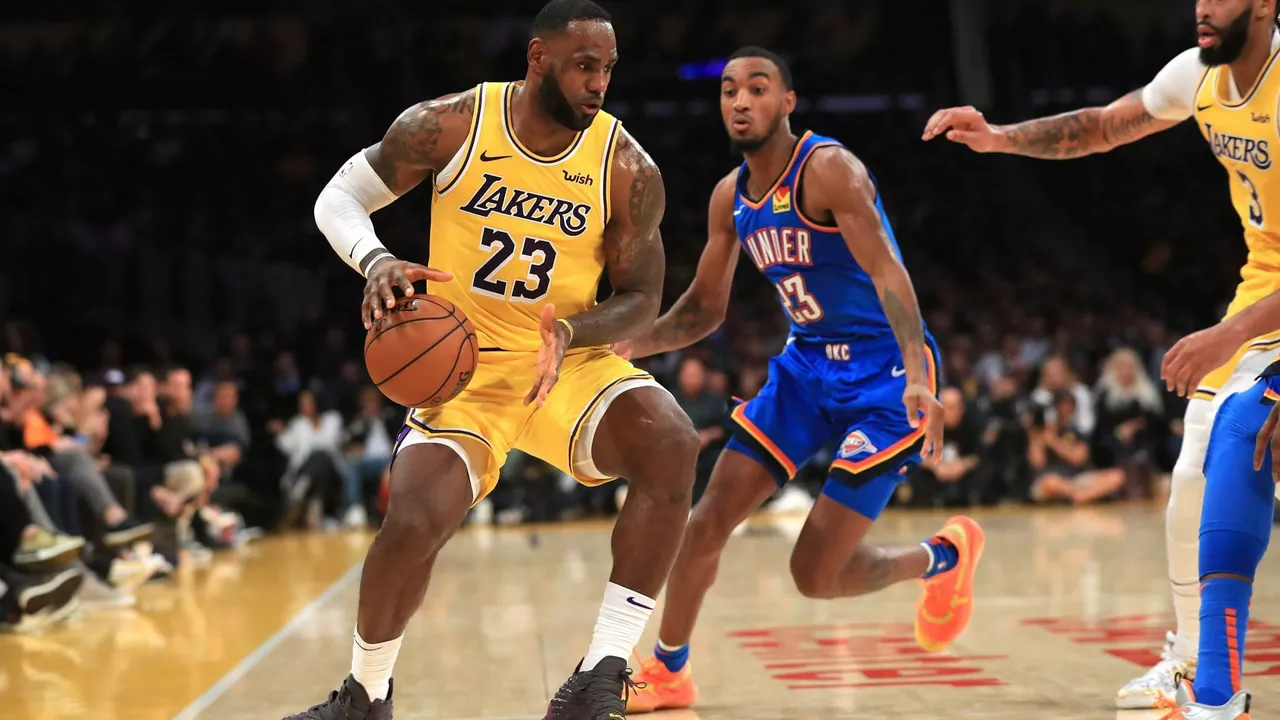Potential Transition: Your Guide to Changing Paths in Sports
Ever wonder why a top footballer suddenly signs a contract in a different league, or why a boxer opens a gym after hanging up the gloves? Those moments are called potential transitions – the point where an athlete’s current role meets a new opportunity. It’s not just a change of uniform; it’s a shift in identity, income, and daily routine. Understanding the why and how can make the jump less scary and more exciting.
Why Athletes Face Transitions
In sports, careers are short. A sprinter might peak in their mid‑20s, while a rugby player can feel the wear after a decade of tackles. Injuries, age, and market value all push athletes toward a crossroads. Some see a chance to play abroad for better pay, others look at coaching, media, or business. Even fans can experience a transition when a club moves to a new city or league, forcing them to adapt their travel plans and rituals.
Financial stability is another driver. A footballer in the Europa League might earn less than a coach in a lower division, so the switch makes sense. Personal passion matters, too. Many former players become commentators because they love storytelling as much as the sport itself. The key is that every transition starts with a clear reason – injury, opportunity, or a new passion.
Steps to a Smooth Change
1. Identify Transferable Skills. Whether you’re a striker or a swimmer, you have discipline, teamwork, and goal‑setting habits that any employer values. Write them down and match them to the role you want.
2. Build a Network Early. Talk to coaches, former players, or business owners while you’re still active. Those contacts can become mentors or give you a foot in the door when the time comes.
3. Get Certified or Study. A short course in sports management, media training, or even a basic business degree can boost credibility. Many universities offer flexible programs for athletes.
4. Test the Waters. Volunteer at a local club, host a podcast episode, or intern during the off‑season. Real‑world experience shows you what you enjoy and where you need improvement.
5. Plan Finances. Save a portion of your current earnings to cover the gap between jobs. A solid budget reduces stress and gives you freedom to choose the right path, not just the highest‑paying one.
6. Stay Positive and Flexible. Not every transition goes exactly as planned. Some athletes discover a love for youth coaching they never imagined. Embrace the surprise – it often leads to the most rewarding outcomes.
Remember, a potential transition isn’t a sign of failure. It’s a chance to apply the same drive that got you to the top of the field in a new arena. By mapping out your skills, networking, learning, and managing money, you turn a risky move into a well‑planned adventure.
So, if you’re staring at a contract that feels more like a question mark, treat it like a roadmap. Sketch your destination, gather the tools, and step forward with confidence. The next chapter could be a media gig, a coaching role, or even a business venture – and you already have the winning mindset to make it happen.
Could LeBron James play in the NFL right now?
- Kellan Hartford
- July 19, 2023
- 0 Comments
As a sports enthusiast, I've been pondering over this interesting question - could LeBron James play in the NFL right now? Yes, LeBron is an extraordinary athlete with incredible strength, agility, and coordination, but transitioning from NBA to NFL is a huge leap. Football demands a unique skill set and a different type of physicality. Moreover, understanding the nuances and strategies of the game takes years. Therefore, while LeBron's athleticism is beyond question, it's unlikely that he could just jump into the NFL with the same level of excellence he exhibits in the NBA.
read more